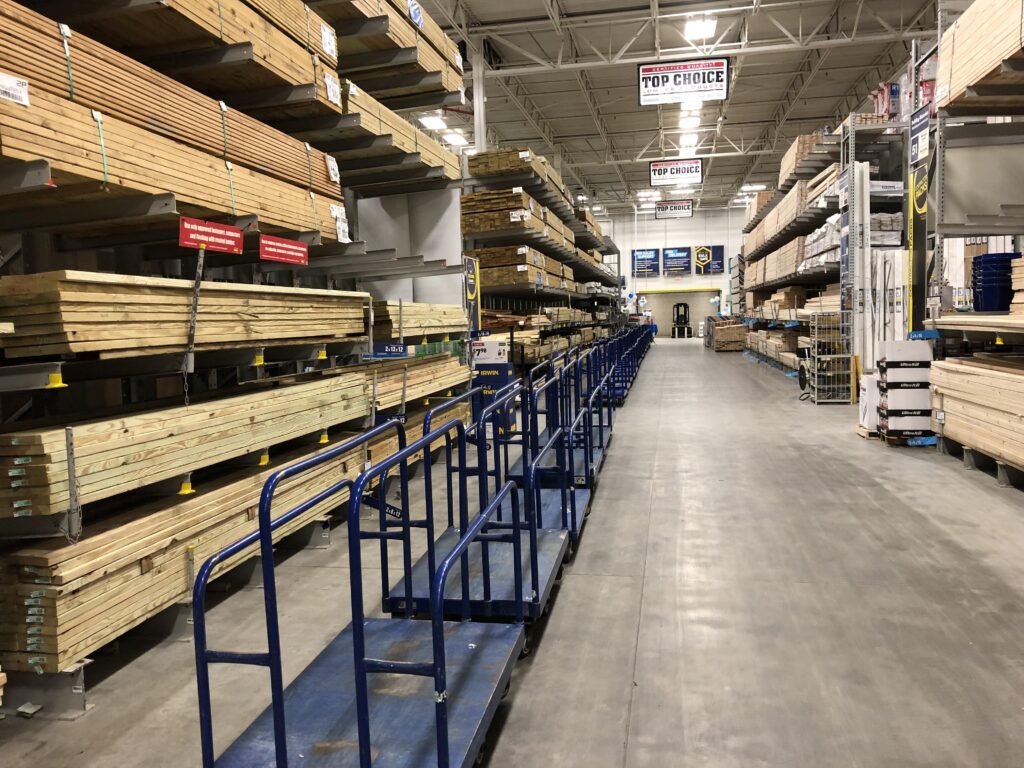Removing a full interior wall can seem like an impossible feat. However, it’s actually quite easy if you know how to do it the right way. This article will outline in detail exactly what you need to do and show you best ways to go about removing a full interior wall (non-load bearing)
When it comes to content, the Home interior write for us team is very specific about blog content. With great content, they believe in maintaining quality as well
Step-by-Step Guide to removing a Full Interior Wall:
- Start by removing the door trim. You can use a pry bar or other type of tool to remove any nails that are holding it up, and then you should be able to pull out the screws from inside the wall using your drill, as well
- After this step is complete, start measuring for where you would like to cut on each side of the interior walls – these measurements will need to go across both walls because they’ll eventually meet in between them when everything’s done. This measurement will also include any height differences if there are different levels within one room (i.e., upstairs/downstairs)
- Next comes cutting down each wall with an electric saw; make sure not to cut too deep into either side so that you do not cut through any wires or pipes in the wall
- Once both walls are cut down, start removing pieces of drywall on each side with a crowbar. You should then have access to the insulation and electrical wiring inside – just be careful when doing this step since there could be asbestos mixed into these materials which is hazardous if it’s inhaled
- Next comes taking out all screws from the studs that remain after cutting away the interior wall piece. This will allow everything to come to free more easily without having anything holding it together
- Lastly, remove what remains of your old interior wall by unhinging from one end (i.e., where you started) and pulling towards yourself while using something like a putty knife to loosen the seams
- It’s advisable that you wear a mask when doing this, as dust from the insulation and asbestos can get into your lungs
We recommend removing all drywall screws before proceeding. The installation of new drywall will become easier since things won’t be moving around if there is nothing holding them together inside the wall cavity. If you have wires or pipes running through the area of the wall you’re removing, plan to cut them out. This can be done by scoring the drywall with a utility knife and then breaking it off.
Once that’s completed, use an air chisel to slice away at any mortar between sections of brickwork (or blocks).
This wall will be removed in about an hour, but the project can take up to two days if there are complex areas where pipes or wires cross through.
A few more tips:
Before removing any drywall screws make sure they’re all either above or below a windowsill; also cover your floor with drop cloths and wear gloves! Doing so may help you avoid having dust on every single surface of your home.
Don’t cut too deeply into framing members such as joists when using power tools such as jigsaws that use blades-these types of cuts could weaken the structural soundness of walls
We recommend hiring professional contractors for this type of work because it is typically difficult and messy. Walls need extra reinforcement, and replacing drywall is time-consuming.
Inspection:
Do an inspection of the home after the work has been completed because this type of project can lead to water damage if not done correctly; additionally, it is wise to hire a contractor who specializes in mold remediation for any potential cleanup projects.
Besides taking care of their own health, homeowners should also ensure they are using proper ventilation during DIY projects that involve chemicals or dust particles that could cause respiratory problems such as asthma attacks.
The Project Manager (PM) should be on-site during the duration of the project to oversee and manage all aspects. A good PM will make sure that every detail is covered, from managing vendors who are doing additional work for your home such as electrical or plumbing repairs, to ensuring a clean job-site at day’s end.
It is wise to have an inspector present at each stage of construction-especially after drywall installation to ensure no problems with mold growth due to water damage.


